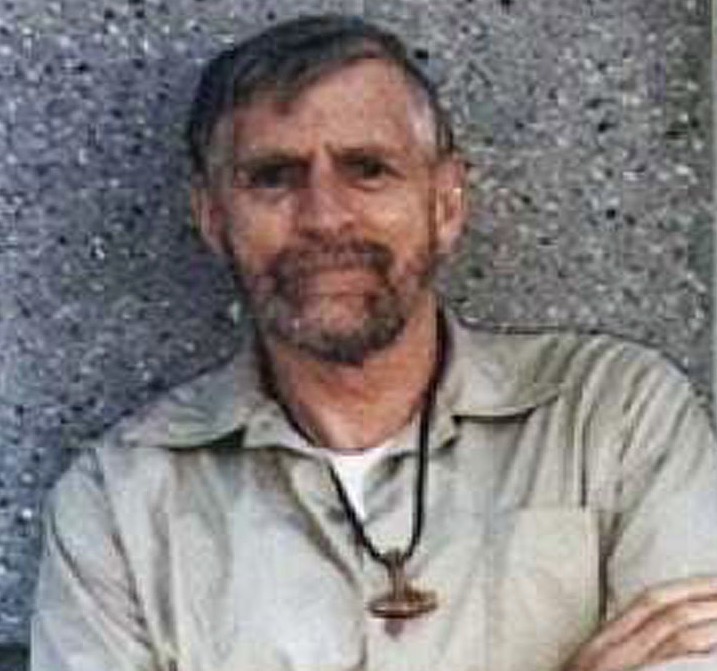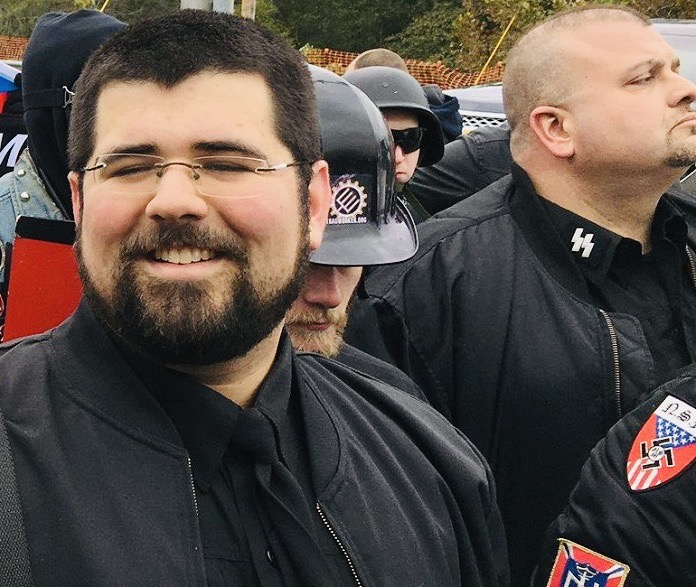White supremacist movements in the United States have been on the ascendancy since the toxic Unite the Right rally in Charlottesville, Virginia, in the summer of 2017. As Cynthia Miller-Idriss writes in her trenchant book, Hate in the Homeland: The New Global Far Right (Princeton University Press), this sickening assemblage of white supremacists and neo-Nazis, bearing flaming tiki torches and chanting “Jews will not replace us,” was in keeping with the rise of such extremist groups in America.
Clearly, Charlottesville was not an isolated or abnormal incident. In the following year, the number of American white nationalist organizations nearly doubled and right-wing radicals killed about 50 people, including 11 Jews at the Tree of Life synagogue in Pittsburgh. In 2019, a right-wing terrorist murdered 51 Muslims in attacks on two mosques in New Zealand.
Far-right ideas must be monitored and checked because they are exclusionary and run counter to the norms, values and beliefs of democratic societies, threatening free and fair elections, individual liberty, the rule of law, and freedoms of the press, religion, speech and assembly.
“The goals of the extreme far-right lead to non-democratic ends, typically around the establishment of white ethno states, the re-migration and deportation of non-whites or non-Europeans, and the reduction of rights for ethnic minorities,” warns Miller-Idriss, a professor of education and sociology and the director of the Polarization and Extremism Research and Innovation Lab at American University.

Historically, the far-right has worked against mainstream governments, but in a tactical shift, white nationalists in recent years have tried to undermine governments from within, encouraging members to run on Republican Party platforms. Alternatively, the election of Donald Trump demonstrated how a mainstream candidate can gain popularity by appealing to anti-elite and anti-government arguments.

As Miller-Idriss points out, racist ideas coalesced into a fully fledged ideology around the third decade of the 19th century, “initially oriented around the defence of slavery, but eventually fixated on opposition to equality for African Americans.” These notions were adopted by the Ku Klux Klan and, more recently, by the Aryan Nation brotherhood and the alt-right, which subscribes to the “great replacement” conspiracy theory.
It holds that national and global elites seek to replace Christian European populations with non-white, non-Christian ones. The American neo-Nazi propagandist David Lane popularized the idea of “white genocide,” claiming that Caucasian populations were dying out demographically due to immigration, abortion and violence against whites. Lane’s “14 words” — “We must secure the existence of our people and a future for white children” — has morphed into a clarion call of the far-right.

“Mottos like ’14 words’ are used to inspire anger, resentment and hate, coupled with fear of existential danger and a sense of betrayal and backlash against those elites who are deemed responsible,” says Miller-Idriss.
Not surprisingly, the neo-Nazi who murdered 11 Jews in Pittsburgh almost four years ago was motivated by white genocide theories suggesting that Jews are orchestrating the resettlement of refugees so as to create a multicultural society that would leave white Christians as a minority.
Radicals on the far-right believe the only way to head off this scenario is through an apocalyptic race war, which will produce a new world order and a restored white civilization.
“At the most extreme fringe, far-right extremists not only believe that a violent apocalypse is coming, but also argue that the best and fastest way to reach this phase of rebirth is to accelerate the path to the apocalypse and eventual new world order by speeding up polarization and societal discord as a way of undermining social stability overall,” she says.
Television commentators like Tucker Carlson embolden the extremists. He has warned that certain Americans, notably Democrats, desire “demographic replacement” through a “flood of illegals” to increase their voter base.

In Miller-Idriss’ estimation, white supremacism is now the most lethal form of extremism in the United States. Eighty one percent of the 42 extremist-related murders in 2019 were attributed to white supremacists.
There are currently 75,000 to 100,000 Americans affiliated with white supremacist groups, many of whom are young males. In Germany, the figure is 24,000. These are small numbers, but the damage committed by far-rightists exceeds their share of the population.
American far-rightists unanimously believe that a white Christian ethno state is a necessity. White separatists like Matthew Heimbach claim they are the real multiculturalists because of their belief that racial groups are entitled to their own homelands. In the 1990s, Aryan Nations attempted in vain to build a white separatist enclave in the state of Idaho.

Miller-Idriss says there has been a dramatic shift in the aesthetics of far-right extremism. In the past, extremists could often be identified by their shaved heads, high black combat boots and leather bomber jackets. Today, racists often opt for a hip, youth-oriented style of pressed khakis and white polo shirts.
The market for hate is thriving. As she puts it, “Today’s far-right consumers can choose from a wide array of high-quality products that touch nearly every aspect of their lives, from the way they cook to the clothes they wear. There are dedicated YouTube talk shows and vlogs, clothing brands, music streaming services, and a neo-Nazi coffee company owned by a white supremacist podcaster. Publishing houses produce novels and magazines laced with far-right cultural references and ideological messages attuned to modern audiences.”
University campuses have been targeted by the far-right because they are bastions of “cultural Marxism,” whose adherents are dedicated to the overthrow of capitalist and Western societies from the inside.
“College campuses are key places for the far-right for both strategic and symbolic reasons. Symbolically, attacks on campuses are a part of a broader assault on knowledge, truth claims and arguments about the liberal bias of higher education. Strategically, they are sites to challenge the limits of free speech, spread propaganda, recruit youth and polarize campus communities in ways that contribute to overall far-right goals of societal discord … Targeting campuses makes the public pay attention to far-right and white supremacist ideas.”
Richard Spencer, one of the gurus of the alt-right, told the magazine Mother Jones that university students are especially open to “alternative perspectives.”
Miller-Idriss thinks the far-right has adapted extremely well to the internet, the new media ecosystem for communication, dissemination and mobilization.
“Far-right individuals connect and communicate through mainstream social media and sites like Facebook, Twitter, Instagram and Pinterest. There are Tumblr blogs dedicated to far-right merchandise and brand communities, and far-right influencers building collaborations on YouTube. Such sites and channels have proven strategically useful not only for recruitment and radicalization of young people, but also for their mobilization.”
Spotify and Apple have removed white supremacist hate music from their platforms, while website-hosting platforms like GoDaddy have ejected white supremacist sites like The Daily Stormer. These bans, however, have had unintended consequences, further fueling extremism by “driving it underground and reinforcing the far-right’s narrative of suppression, censorship, unfairness and injustice.”
Miller-Idriss believes the right-right can be fought effectively. “Countries that rely primarily on intelligence efforts to counter violent extremism will always be playing catch-up, because even the best monitoring systems are at best a Band-Aid solution, leaving plenty of openings for violent individuals to slip through.”
The United States and other countries, she adds, would do better to model their counter-extremism campaigns on prevention programs, an approach pioneered by Germany.
